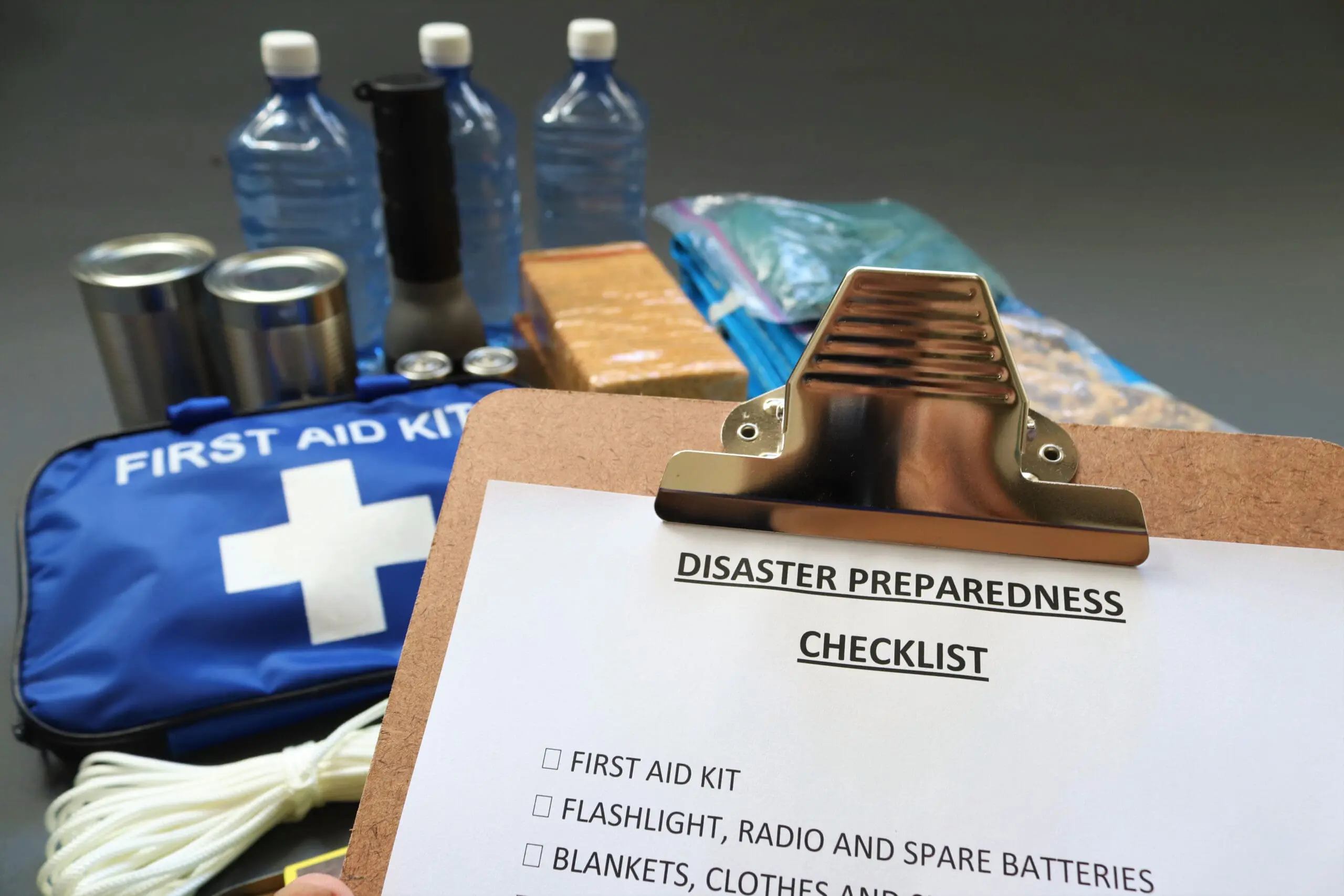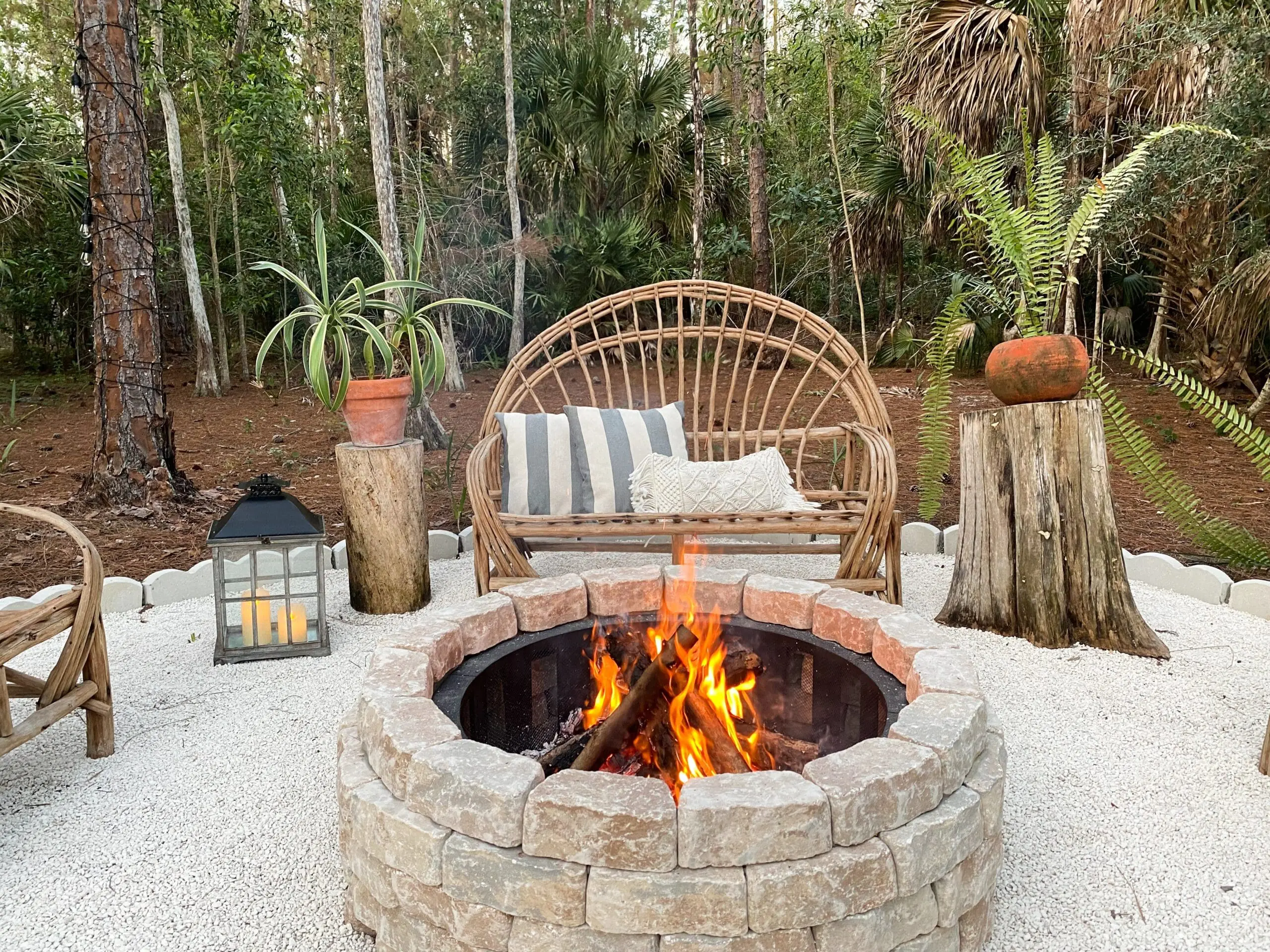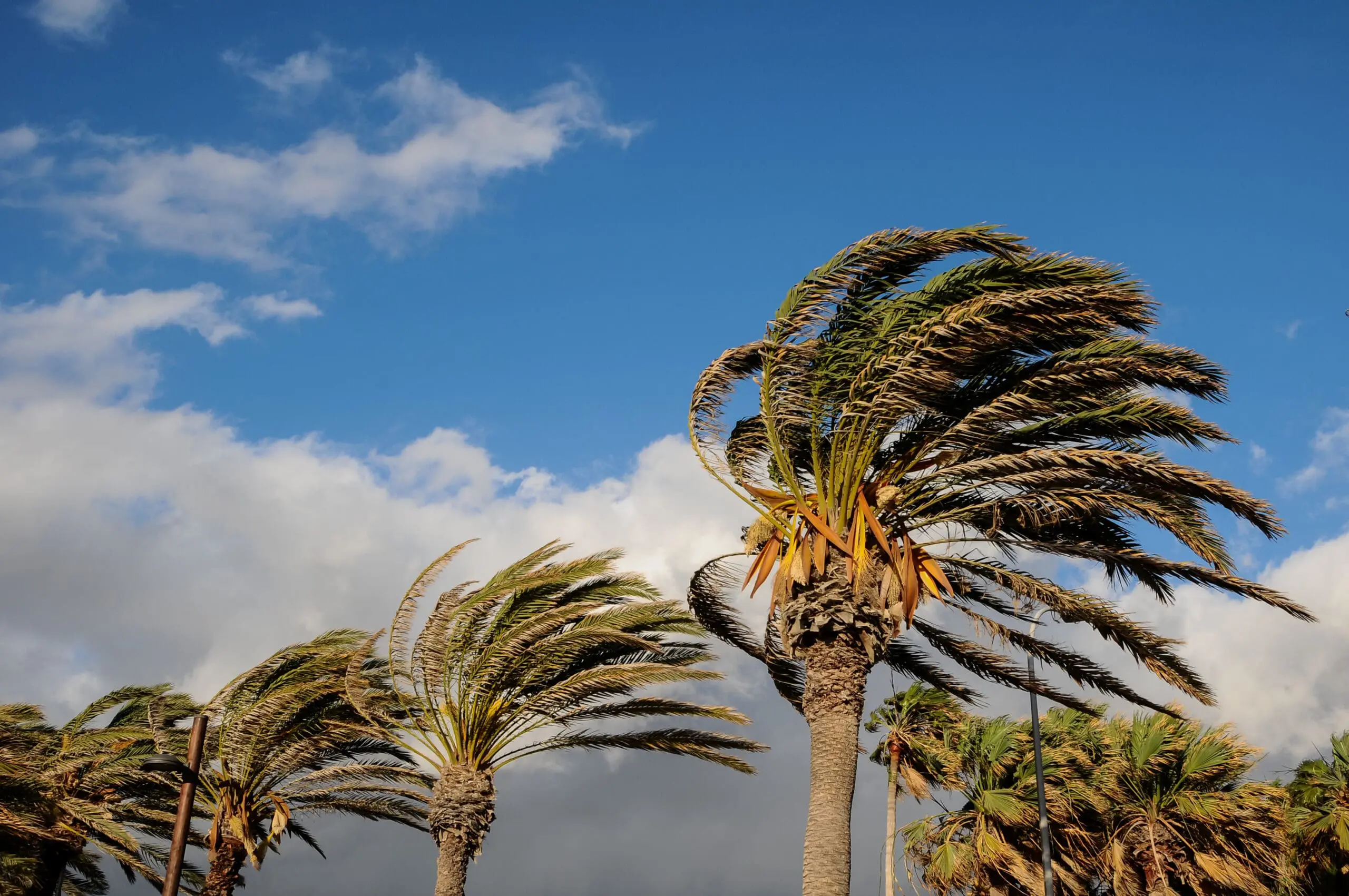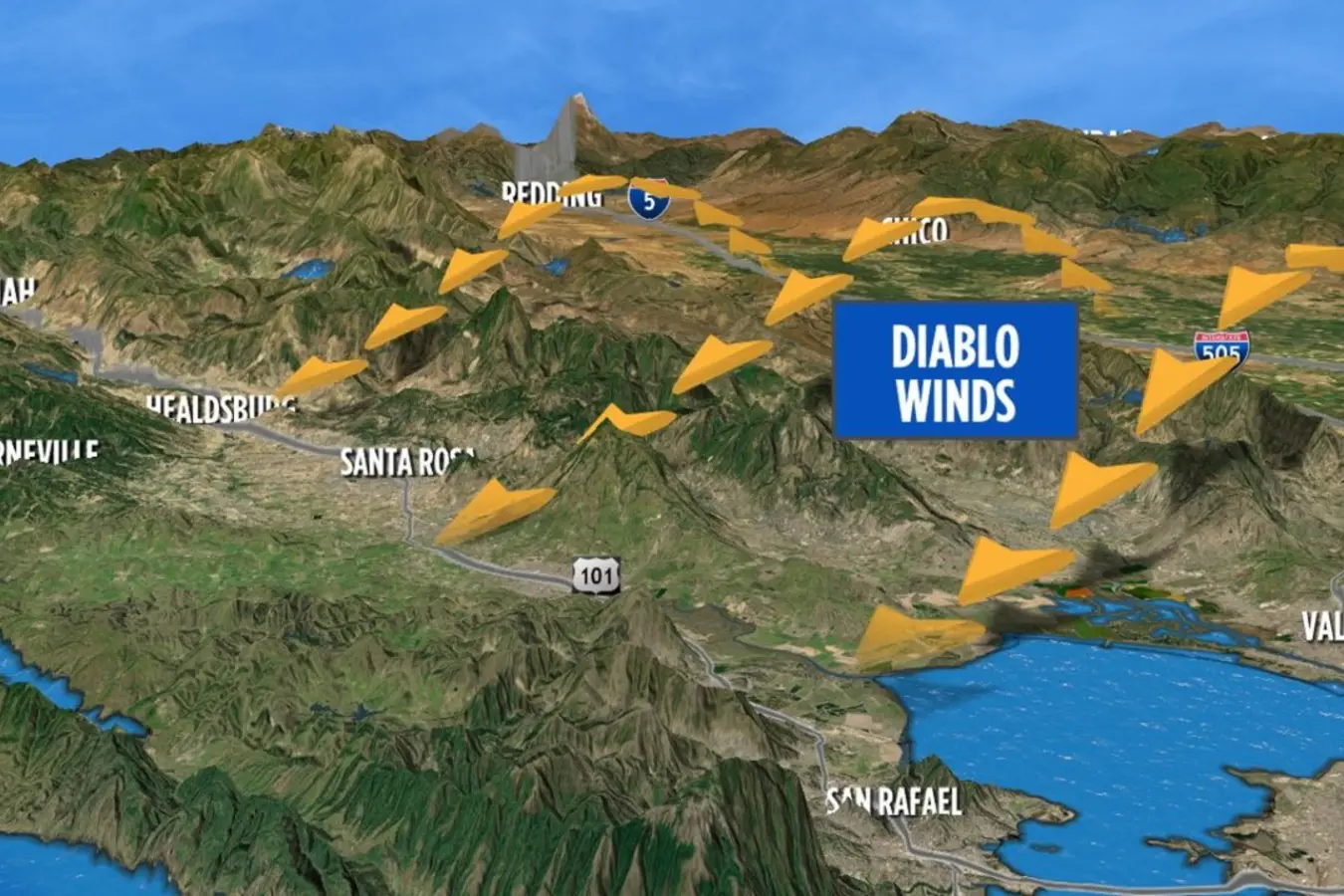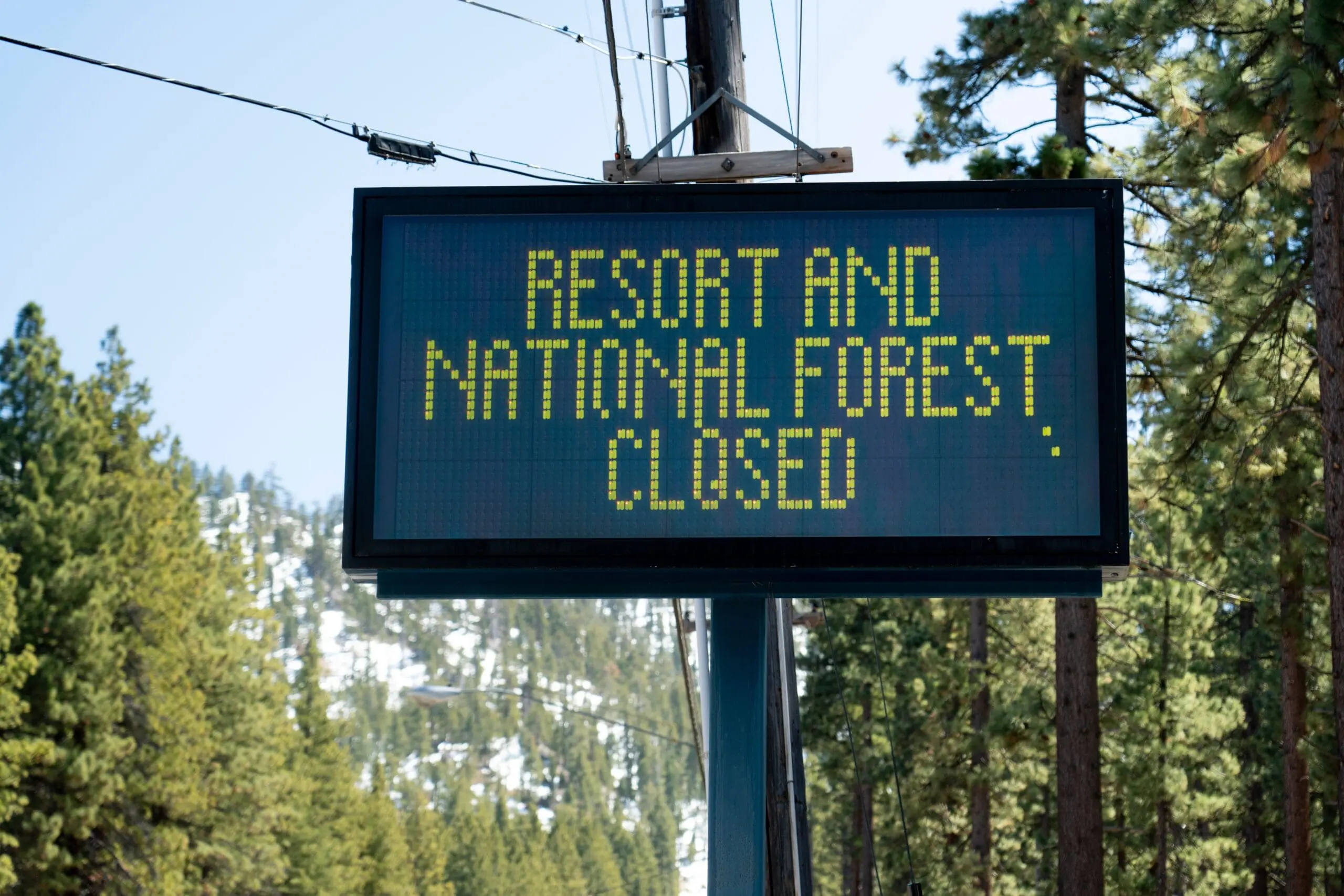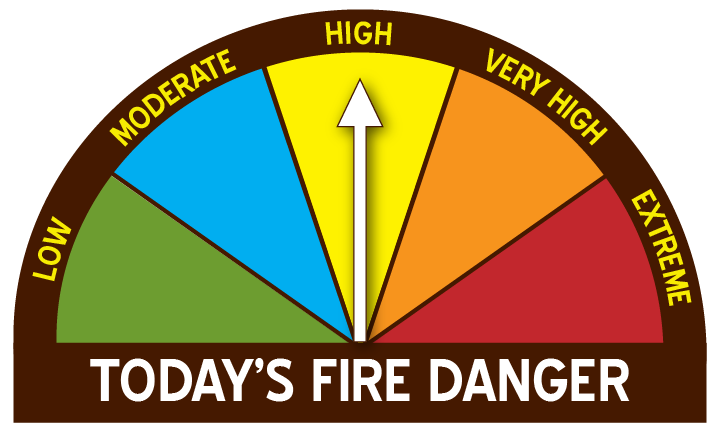Red Flag Warnings are issued by the National Weather Service when weather conditions are right for extreme wildfire events. These are days with sustained or gusty winds, and hot and dry conditions, that make wildfires more likely to ignite and spread rapidly. During these times extreme caution is urged by all residents. This is the time to stay on high alert, watch the news, and prepare for evacuation if needed.
Red Flag Warnings go out to the Marin community through Nixel, news outlets, and social media. Large signs with “Red Flag Warning” are also posted on major roads and intersections.
Red Flag Warnings are posted online on the California Fire Weather web page and on the web page for the San Francisco Bay Area National Weather Service (NWS) office. Links to all fire weather forecasts and other NWS office web pages can be found on the National Fire Weather Page, including the forecast for the San Francisco Bay Area.


